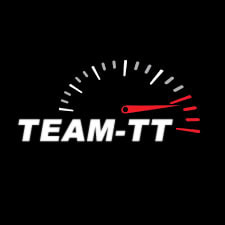|
Hello,
We have completed the element presentations. When we get back from break, the students will be taking a quiz based on some of the information presented. Most notably, they should be able to use the periodic table to acquire important information about specific elements. If they paid attention to the presentations, the quiz will be super easy. Tomorrow will be a fun day with the students participating in a number of fun activities throughout the day. When we return from break, we will begin the Rust Project. More on that to come.
0 Comments
We are working our way through the element presentations. We will continue presentations tomorrow and Thursday morning. Tomorrow afternoon we will be celebrating our successful food show with a pizza party and movie.Due Dates
Element Presentation Requirements Your presentation must contain the following information. How you go about presenting is up to you.
Due Dates
We are slowly reorganizing ourselves after the chaos and craziness of the last few weeks. The food show and the camping trip were big successes, but it is now time to turn our attention to new projects and new activities. We are currently reading The Little Prince. Students have been assigned chapters 4, 3, 5, and 6. These chapters should be read by Friday. The chapters are relatively short, and there are pictures. Also, we are doing some introductory work to prepare us for the rust and corrosion project. That project will begin after the break. For now, we are exploring the periodic table and students are creating mini presentations about a specific element. These presentations are due on Friday. Students will have plenty of time during class to research and develop their presentaitons. They should not need to do any work at home (if they use their time well). Students spent today researching their assigned element. They needed to gather the following information.
|
Archives
February 2019
|

